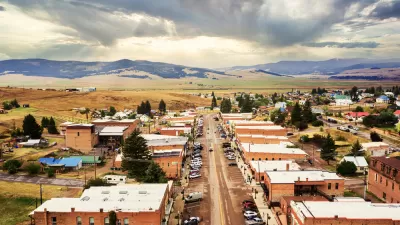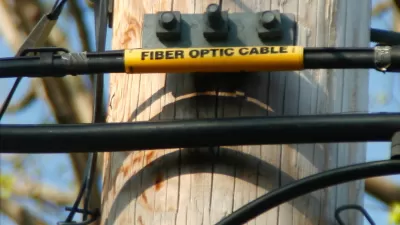The program supports efforts to improve internet connectivity in remote and rural areas.

The Biden administration released details on how funds for broadband infrastructure will be distributed to states under the Broadband Equity, Access, and Deployment (BEAD) program, reports Brian Fung for CNN. “More than $42 billion from the 2021 bipartisan infrastructure law will be distributed to US states and territories for building internet access, the White House said — with Texas eligible for the largest award of more than $3.3 billion, followed by California, which could receive more than $1.8 billion.”
The funding, which includes all U.S. states and territories, is aimed at bridging the ‘digital divide’ that persists in much of rural America, where high-speed internet access remains expensive and often inaccessible.
Maps created by the Federal Communications (FCC) indicate that “7% of US households and businesses, representing 8.5 million physical locations and tens of millions of individual Americans, do not have broadband internet access, which is defined as internet download speeds of at least 25 megabits per second.”
The program “complements another $23 billion across five separate broadband access programs included in the legislation, such as a program specifically aimed at Tribal connectivity and another for low-income households,” as well as a $25 billion broadband investment from the American Rescue Plan.
FULL STORY: Here’s how much each state will get in Biden administration’s $42.5 billion broadband infrastructure plan

Alabama: Trump Terminates Settlements for Black Communities Harmed By Raw Sewage
Trump deemed the landmark civil rights agreement “illegal DEI and environmental justice policy.”

Planetizen Federal Action Tracker
A weekly monitor of how Trump’s orders and actions are impacting planners and planning in America.

The 120 Year Old Tiny Home Villages That Sheltered San Francisco’s Earthquake Refugees
More than a century ago, San Francisco mobilized to house thousands of residents displaced by the 1906 earthquake. Could their strategy offer a model for the present?

In Both Crashes and Crime, Public Transportation is Far Safer than Driving
Contrary to popular assumptions, public transportation has far lower crash and crime rates than automobile travel. For safer communities, improve and encourage transit travel.

Report: Zoning Reforms Should Complement Nashville’s Ambitious Transit Plan
Without reform, restrictive zoning codes will limit the impact of the city’s planned transit expansion and could exclude some of the residents who depend on transit the most.

Judge Orders Release of Frozen IRA, IIJA Funding
The decision is a victory for environmental groups who charged that freezing funds for critical infrastructure and disaster response programs caused “real and irreparable harm” to communities.
Urban Design for Planners 1: Software Tools
This six-course series explores essential urban design concepts using open source software and equips planners with the tools they need to participate fully in the urban design process.
Planning for Universal Design
Learn the tools for implementing Universal Design in planning regulations.
Clanton & Associates, Inc.
Jessamine County Fiscal Court
Institute for Housing and Urban Development Studies (IHS)
City of Grandview
Harvard GSD Executive Education
Toledo-Lucas County Plan Commissions
Salt Lake City
NYU Wagner Graduate School of Public Service





























